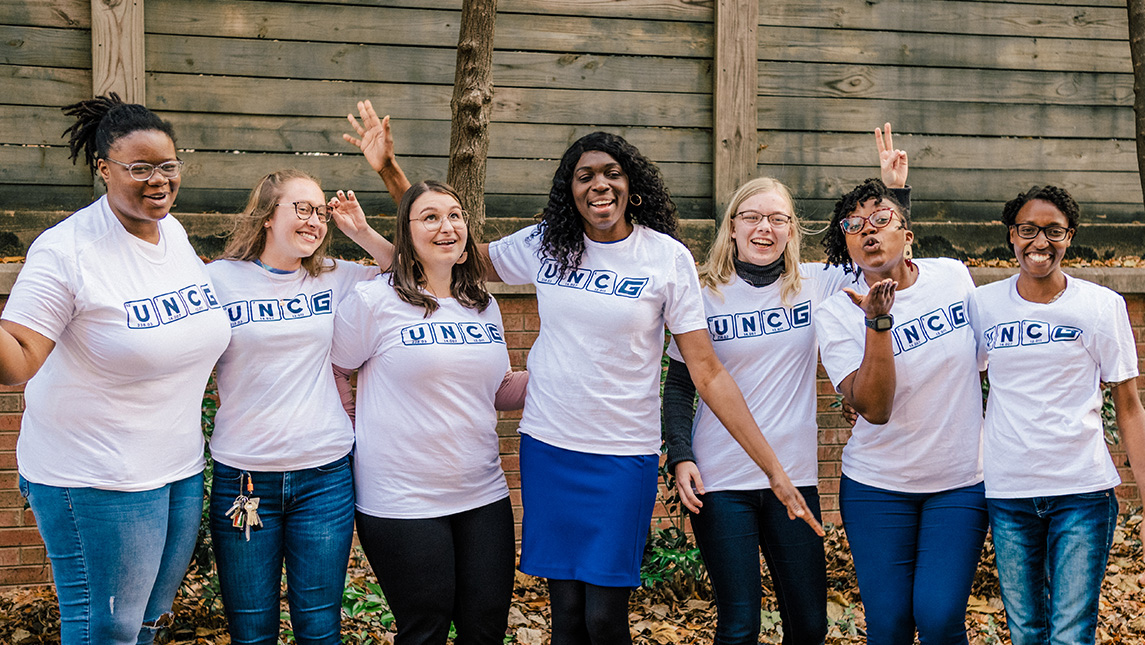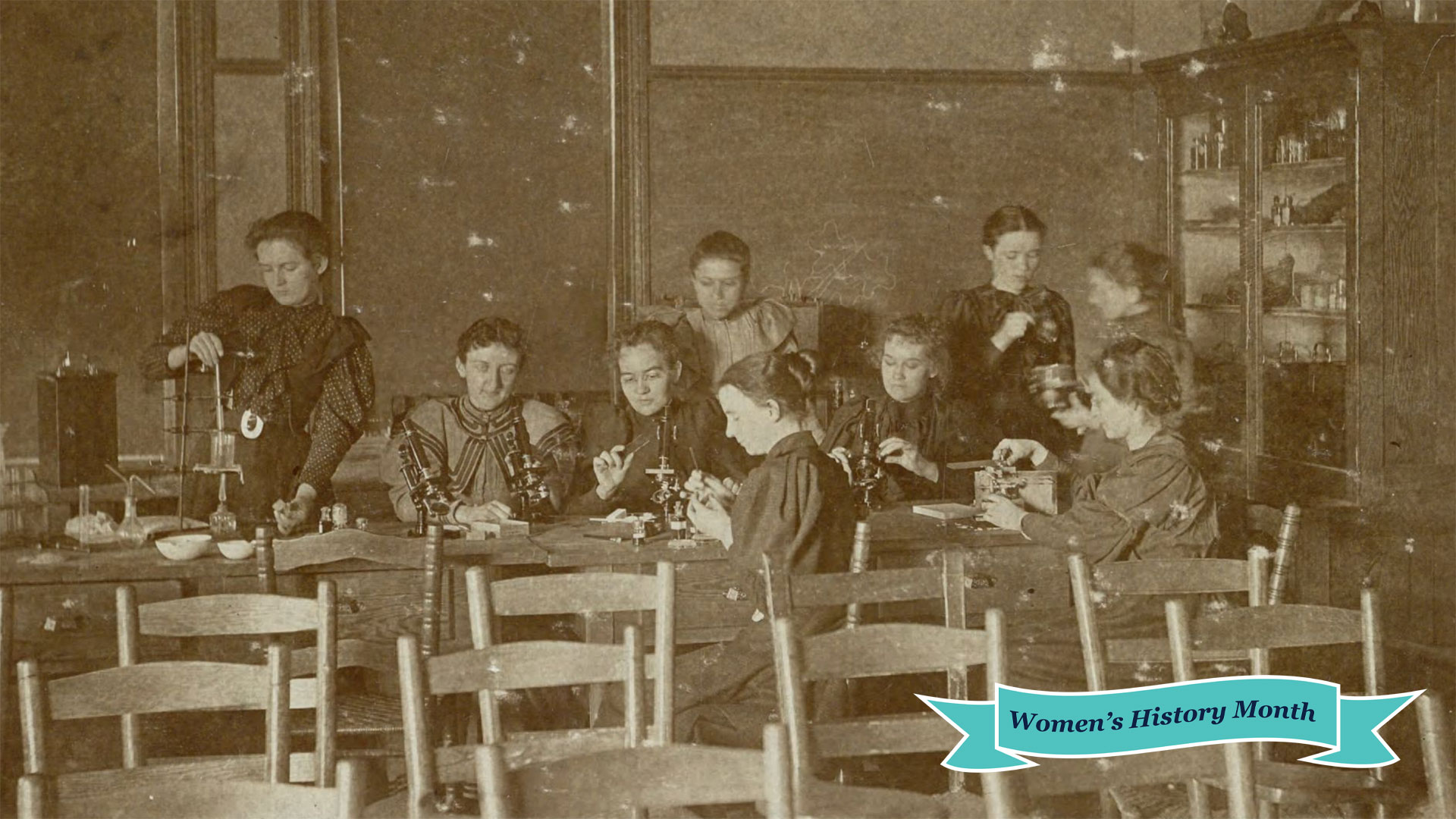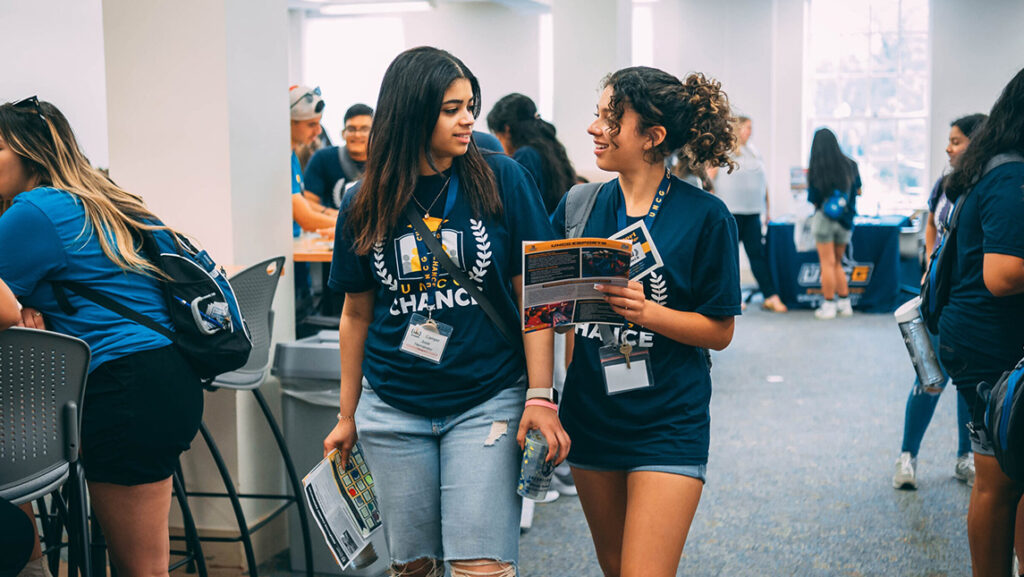Dixie Lee Bryant’s Impact
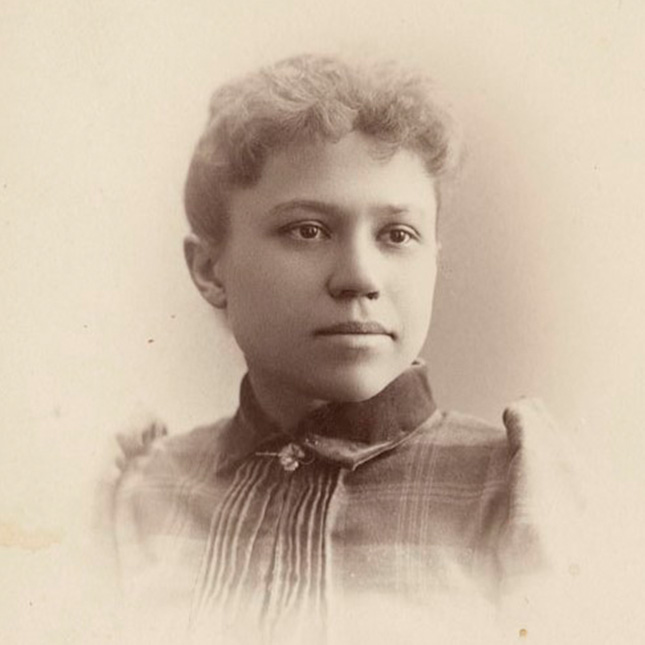
When the North Carolina State Normal and Industrial School (State Normal) opened its doors to female students in 1892, women could study domestic science, business, and “normal.” Normal studies included arts, humanities, and sciences that women would use to educate children in public and private schools of the time.
Dixie Lee Bryant [ACP1] led the science department for the first students to attend the school that would become UNC Greensboro. Born in Louisville, Kentucky in 1862, her family moved to Columbia, Tennessee where she attended the Columbia Female Institute. Disappointed in the science studies available to women in southern schools, she applied to the Massachusetts Institute of Technology in Boston and graduated in 1891 with a bachelor of science.
At State Normal, Bryant taught physical geography, botany, chemistry, physics, zoology, and geology. She also tutored students, some of which had never studied sciences before.
She is credited with establishing the first scientific labs at State Normal, which included the first chemical laboratory for use by women in the state. These labs were in the “Main Building,” which is now the Foust Building, and most specimens studied were a part of Bryant’s personal research. Students were particularly enthusiastic about Bryant’s botany classes where they searched the surrounding areas for plant life to study, in what would become UNC Greensboro’s first field research projects.
In 1901, Bryant took a leave of absence from State Normal to study at the Bavarian University of Erlangen in Germany. There, she earned her PhD in geology and graduated magna cum laude in 1904. Upon her return to State Normal, she was the first faculty member – male or female – to hold a PhD. Unfortunately, she received no raise in her salary for this achievement, and in 1905, she left the school to teach in Chicago public schools. There, she worked until she retired to Asheville, NC in 1931.
Bryant’s scrapbooks provide insight into the early days at State Normal and the early days of women’s access to science education in North Carolina.
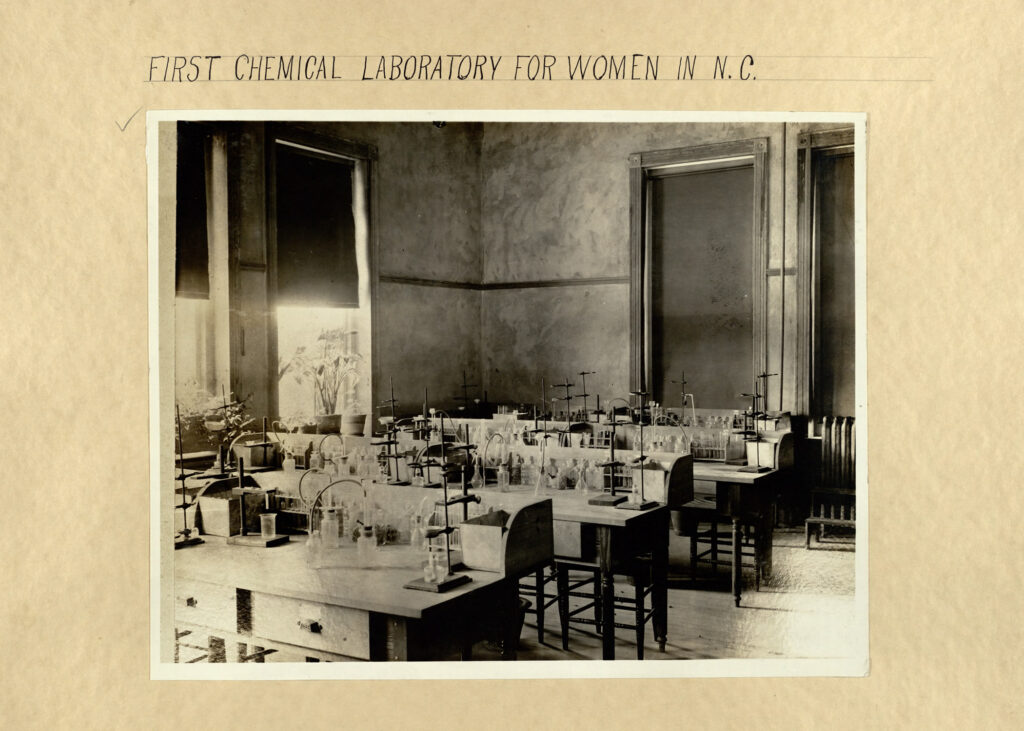
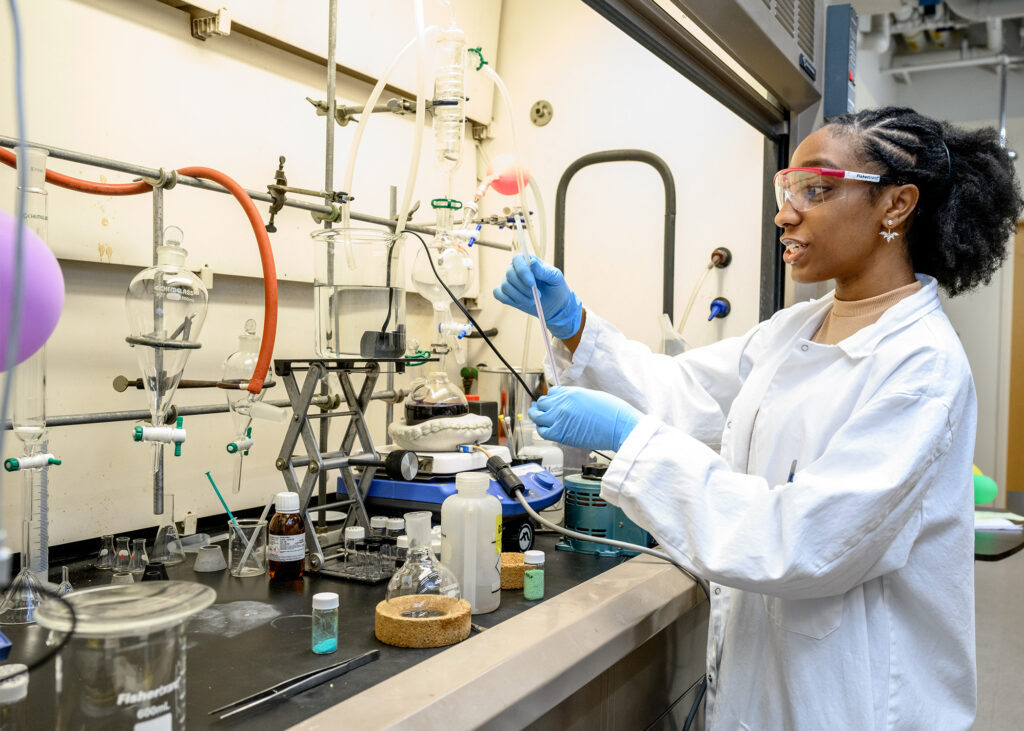
Dixie Lee Bryant’s Legacy
Bryant’s legacy lives on today in the strong emphasis on research and science studies that students find at UNCG. It is especially evident in the science leadership that Spartan women bring to the University.
Alyssa Young `14, `19 M.S. follows in Bryant’s botany footsteps as she completes her doctoral studies, which focus on the homegrown longleaf pine and saving its rich ecosystem from the effects of climate change. Just as Bryant shared her locally collected plant samples with those early State Normal students, Young’s experiments employ undergraduates, so that all students have an opportunity to participate in hands-on research.
Bryant’s first chemical labs were precursors to technology being developed in the Joint School of Nanoscience and Nanoengineering labs, where Dr. Sheeba Dawood ’20 PhD and Dr. Hemali Rathnayak founded Minerva Lithium’s Nano Mosaic, a process that extracts lithium for batteries from brine.
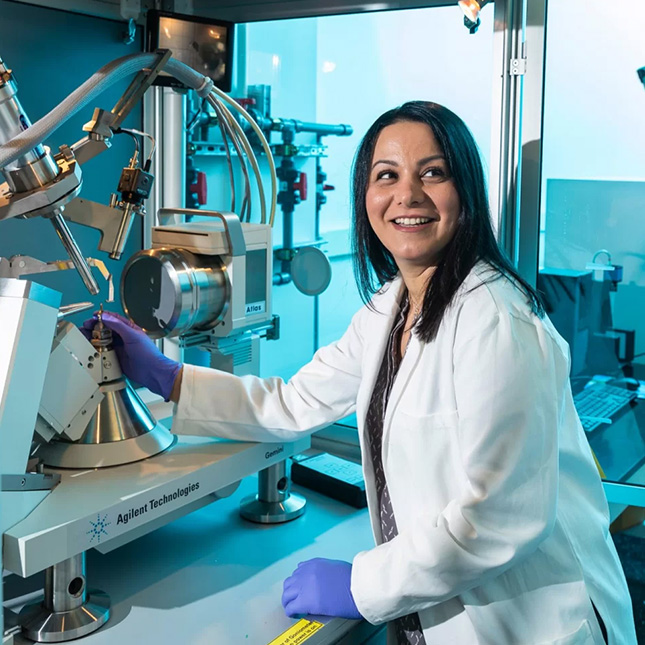
Dr. Shabnam Hematian, UNCG’s Bernard-Glickman Dean’s Professor, continues Bryant’s study of chemistry in the environment around us, but makes it relevant to the needs of society today as she works to design more efficient and environmentally friendly energy sources. “I’m very invested in passing knowledge to the next generation,” Hematian says about her research and teaching. “That’s my passion: to influence people and the future.”
Bryant would agree with Hematian. Her initiative to find science studies that weren’t readily available to women of her time and share her experience with young students is alive and well in UNCG science departments like chemistry and biochemistry, which was celebrated last year for its National Science Foundation fellows and for its diversity. Elevating women in science never gets old at UNCG.
Story by Becky Deakins, University Communications.
Historical photography courtesy of the Martha Blakeney Hodges Special Collections and University Archives at the University Libraries. Recent photos by Sean Norona, University Communications.
